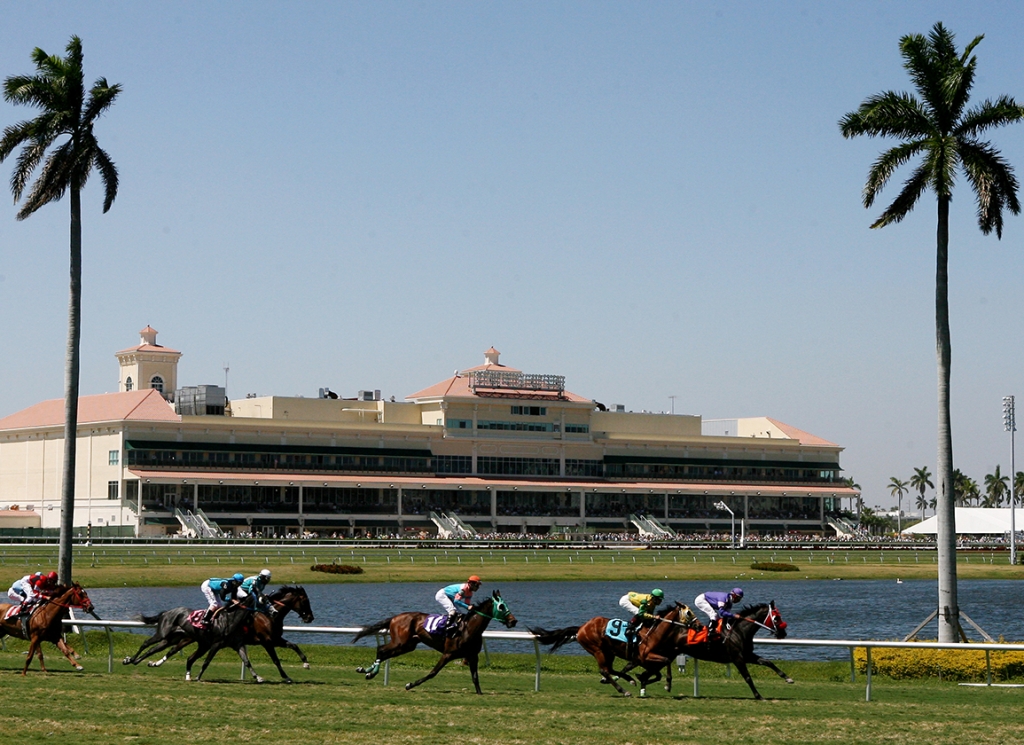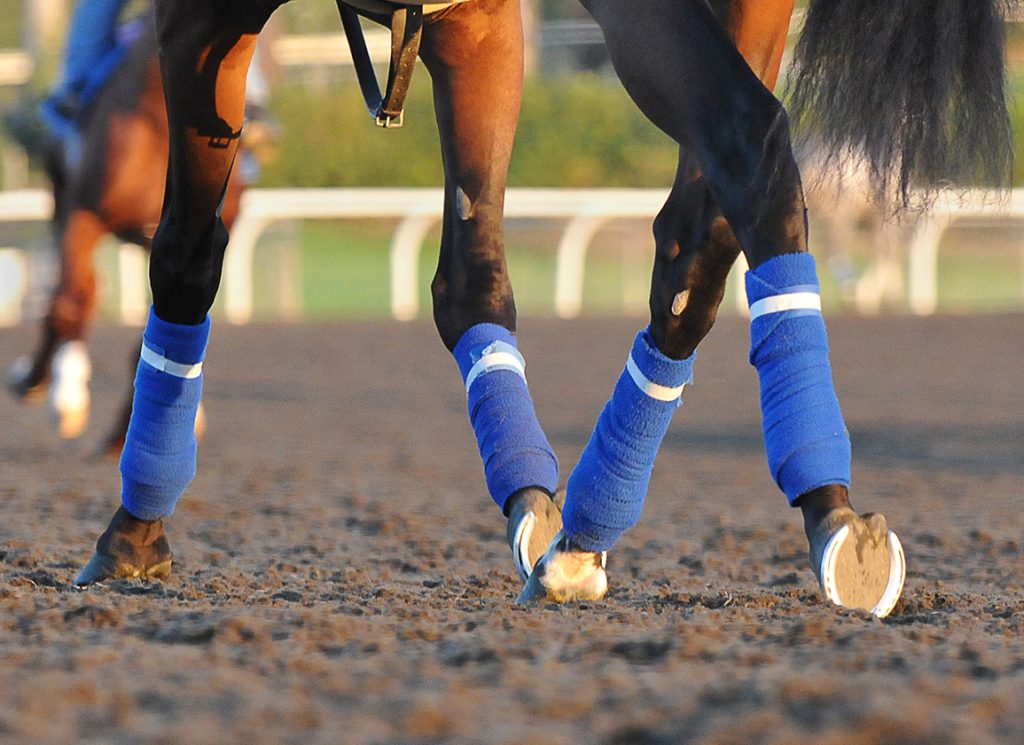I wanted to add my voice to the growing chorus, led most recently by Amanda Luby and Lucas Marquardt, bringing attention to the existential crisis we face unless we make immediate and critical reforms to the way horse racing is conducted in this country. In the absence of any national body able or prepared to mandate change, it is incumbent on the racetracks themselves to undertake the requisite reforms. Those reforms need to address the interconnectedness between racetrack surfaces and the equine musculoskeletal system.
Our access to technology and data allows us to understand now more than at any time in our history the causes of catastrophic breakdowns and how to dramatically mitigate them. That is the good news. The bad news (which is incomprehensible to anyone outside our industry) is our continued failure to use that information to inform the way we build and maintain racetracks, and, with the notable exception of Santa Anita, employ available diagnostic tools to monitor in real time the ongoing physical health of our equine athletes.
So far as racetrack surfaces are concerned, there is no disputing the substantial safety advantage synthetic holds over conventional dirt. There is also growing awareness as to why this is, namely the greater loading on a horse's legs when racing on dirt, particularly the ankles and associated structures, which are especially vulnerable to breakdowns. Unless dirt tracks can be built to provide the same level of safety for horses as synthetic tracks, I find myself with those advocating for the wholesale transition from dirt to synthetic. And I do this as someone whose business is built nearly entirely around dirt racing.
I have heard suggestions that dirt tracks can be constructed in a way that makes them considerably safer than they presently are, presumably by reducing limb loading rates to a level comparable to those on synthetic tracks. People making this argument typically point to the surfaces in Dubai and Saudi Arabia as examples of safe dirt surfaces. In the same vein, there are those who advocate for a hybrid surface that combines synthetic components with conventional dirt to improve safety. It is tempting to believe one or both of these arguments (and the Middle Eastern tracks receive positive anecdotal reports) but I am not personally aware of data or scientific learning that supports either.
And this of course begs the question: If we can build better and safer dirt surfaces, either with or without synthetic components, why aren't we? One would hope that each track would have an army of highly credentialled ground engineers (including as part of the track maintenance crew) to design, build and maintain racing surfaces, using cutting edge technology and equipment to make real time adjustments in response to such factors as weather, wind and usage. If this isn't how it works, shouldn't it? And if it does work this way, then we need to concede it's not working well enough and embrace change.
The other related reform that needs to occur is the widescale embrace of diagnostic equipment to identify musculoskeletal responses to racing and training. We know that most catastrophic injuries occur at a site that is already compromised. Fortunately, the last few years have seen the commercial development of equine standing PET and MRI machines, both of which are installed at Santa Anita. Access to these machines allows trainers and veterinarians to identify developing issues and treat them appropriately and have undoubtedly contributed to the decline in fatalities there. Such equipment should be installed and used routinely at every major racetrack in North America.
We are all aware that our industry has been in decline by nearly every metric for many years, fueled largely by a chronic inability to appeal to a larger audience. We can all debate the structural issues in our industry that have led to this decline but unfortunately, given the persistent and highly public catastrophic breakdowns this year, we are now further away than ever from reaching that audience. (It is absolutely no defence to this audience to say that overall fatalities are in line with prior years, and nor should it be.) The reality is this; whether or not it should be this way, it is incumbent on our racetracks to provide leadership in the face of the current crisis.
To end on a somewhat hopeful note–we have seen the impact of transformational change in another inherently dangerous sport. The tragic death of Ayrton Senna in Formula 1 was the impetus for an unprecedented investment in safety (involving both racetracks and cars) that has made subsequent fatalities exceptionally rare. Racetracks that failed to make the necessary improvements were removed from the circuit. The return on this investment is clear–Formula 1's mainstream popularity provides a direct counterpart to the sad state of our industry today. Our racetrack executives should be inspired by Formula 1's results to make the same commitment to, and investment in, safety. Belmont Park's planned renovations would be an ideal place to start, building a significantly safer main track (synthetic if necessary) and acquiring best in class diagnostic equipment for regular use in racehorse care. Failure to do so will only accelerate our decline.
Gavin Murphy
SF Bloodstock LLC
The post ‘It is Incumbent on Our Racetracks to Provide Leadership in the Face of the Current Crisis.’ Letter to the Editor: Gavin Murphy appeared first on TDN | Thoroughbred Daily News | Horse Racing News, Results and Video | Thoroughbred Breeding and Auctions.


